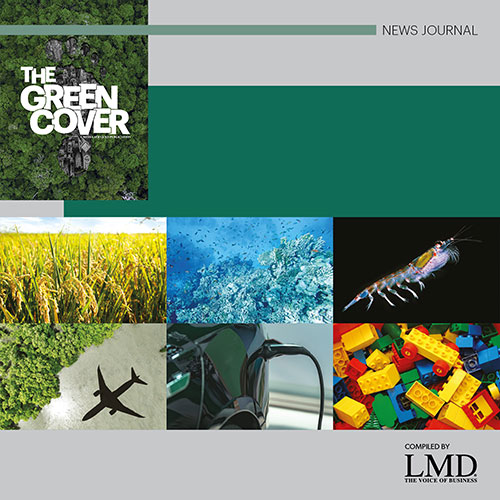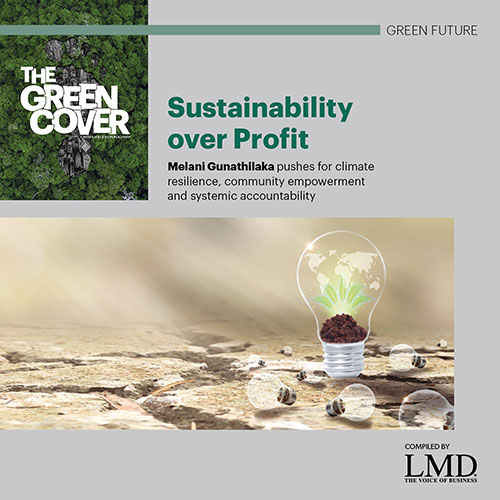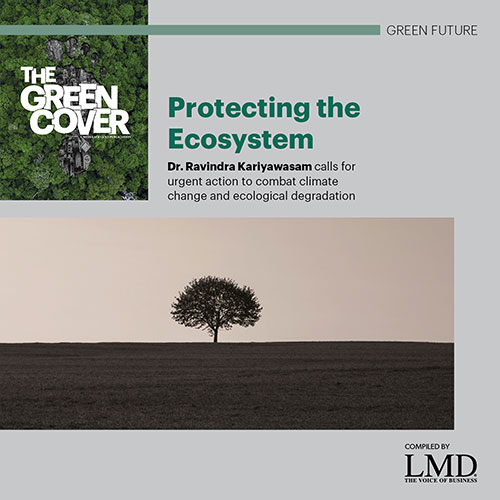ENVIRONMENTAL POLICY
Framework for Management
Dr. Anil Jasinghe outlines the policies in place to tackle Sri Lanka’s environmental challenges

Secretary
Ministry of Environment
Q: What are some environmental challenges that Sri Lanka has faced? And has the economic crisis adversely affected conservation initiatives?
A: Yes, it has impacted such efforts.
While deforestation is taking place, mangrove cover has increased. Following a viral infection that affected prawn farms, mangroves are now largely intact – although this isn’t to say they are undamaged.
In the 1980s, there was rapid forest clearing. While forest cover is still being damaged, it doesn’t take place on a large scale. As we have many protected areas, it’s not easy to covertly clear land.
Meanwhile, coral reefs have experienced destruction with the main cause being the tsunami in 2004. Pollution has added to the problem and due to the difficulty in controlling it, corals have been lost.
We had plans for environmental initiatives as did the private sector. But we couldn’t forge ahead because of the economic crisis.
Prior to this, there was a loss of livelihoods – people across the country lost their jobs due to COVID-19. This forced them to extract more from the environment. Moreover, enforcing laws became difficult because of the fuel shortage.
Q: And what policies are in place to address the growing problem of environmental degradation?
A: We drafted a new National Environment Policy (NEP) that takes prevailing issues into account. Moreover, we recently developed the National Environment Action Plan (NEAP) 2022-2030 with many stakeholders – a road map for what we should do regarding the environment and crosscutting issues.
For example, an issue we face is transboundary air pollution, which isn’t generated in Sri Lanka. While the island contributes its share, much of the pollution here is from the Indian subcontinent and there’s also the impact of global climate change. The NEP considers issues such as climate change and decarbonisation.
“We recently developed the National Environment Action Plan…with many stakeholders – a road map for what we should do regarding the environment and crosscutting issues”
Climate change and sustainable consumption policies were implemented to ensure the production of merchandise using eco-friendly and sustainable methods. But this means that products will be more expensive initially. We are also developing a green labelling framework. In the end, customers decide whether to support green products.
We’re also putting in place a national waste management road map.
Population growth is another challenge for Sri Lanka. Everything – such as homes, factories, service stations and garages – is clumped together. We need zoning to address this as there shouldn’t be factories where people live. The National Physical Plan (NPP) focusses on this but hasn’t been implemented.
We’ve also developed a net zero road map and expect to achieve this by 2050.







